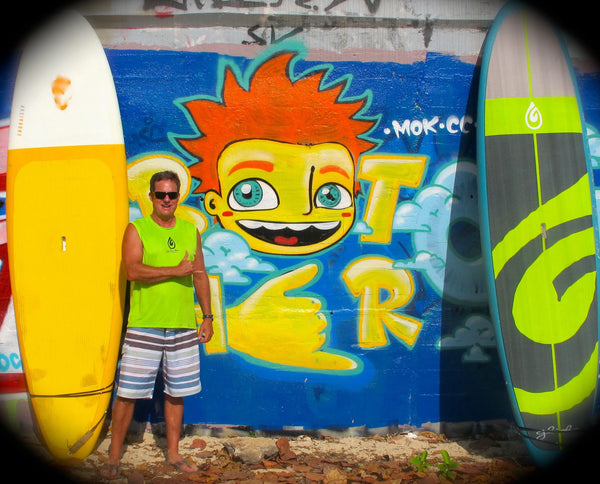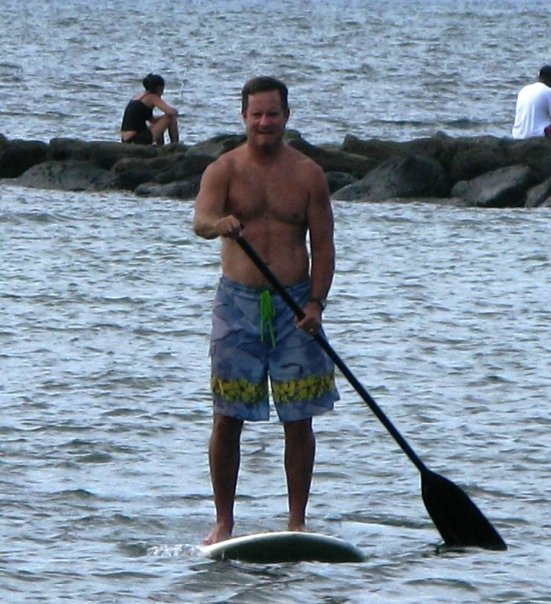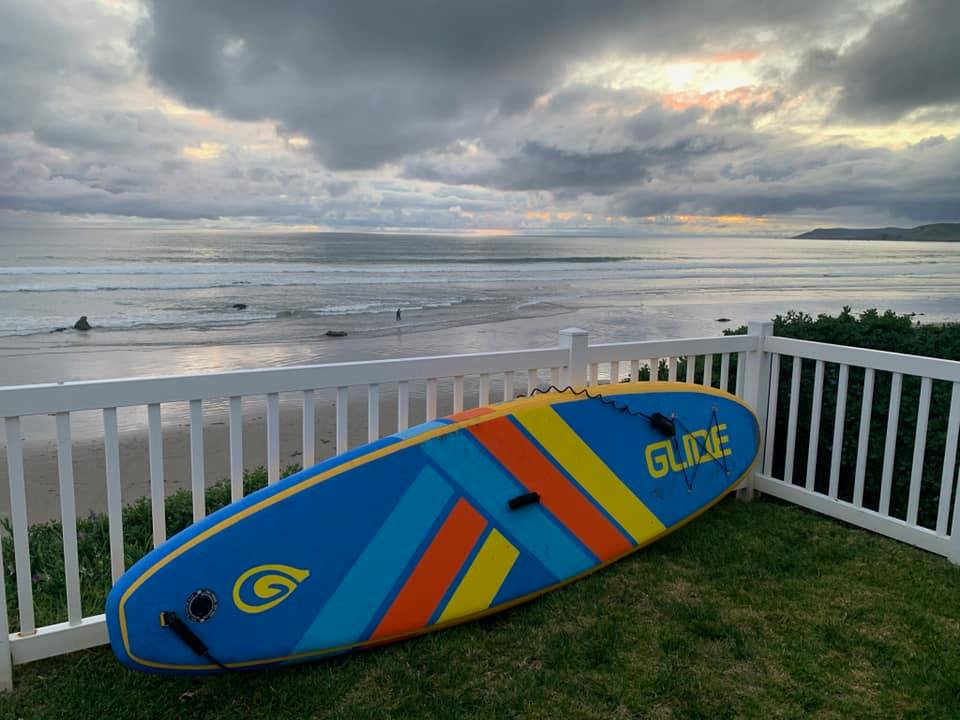
My Paddle Boarding Journey: From Curiosity to Industry Immersion
What the words paddle board mean to one man.
Written by the Co-Owner of Glide Paddlesports, Scott Knorp on how he discovered and fell in love with Standup Paddle Boarding in 2007.
Introduction

Paddle board - a term that holds both a physical object and a passionate activity for me. Whenever I'm asked about my hobbies, stand up paddle boarding (SUP) is my immediate response. Let me take you through my journey, from encountering a SUP for the first time to becoming deeply intertwined with the paddle boarding industry.
First Encounter with a Stand Up Paddle Board
The silhouette of a man seemingly walking on the ocean's surface caught my eye during a family trip to Santa Cruz. As he approached the shore, wielding a long paddle, my curiosity piqued. Witnessing this spectacle ignited my interest in paddle boarding, leading me to delve deeper into this newfound phenomenon.
Embarking on the Paddle Boarding Adventure

My first hands-on experience with a SUP occurred on a trip to Hawaii, the birthplace of the modern paddle board craze. Despite grappling with a heavy, water-logged solid board, I eagerly ventured into the ocean. Battling strong winds, I struggled to maintain balance but found solace in the challenge, considering it a testament to perseverance.
Exploring Versatility and Passion

As I delved further into paddle boarding, I discovered its multifaceted nature. From surfing waves to navigating whitewater, and even attempting SUP yoga, each experience offered a unique thrill. My paddle board became my companion through diverse terrains, providing endless opportunities for adventure.
Transition to Professional Involvement

After selling my telecom company, fate led me to Glide, a paddle board manufacturer. Intrigued by their innovative technology and durable SUPs, I joined forces with them. Embracing the vision of accessible paddle boarding for all skill levels, we ventured into inflatable SUPs, revolutionizing the industry.
Embracing Inflatable SUPs: A Paradigm Shift

The introduction of inflatable SUPs marked a significant turning point. Offering unparalleled stability and convenience, these boards democratized paddle boarding, making it accessible to a wider audience. At Glide, we embraced this evolution, blending durability with performance to cater to diverse needs.
Navigating Challenges and Celebrating Success
The paddle boarding industry is not without its challenges, from competing with inferior products to educating consumers about technological nuances. Yet, through dedication and a commitment to quality, Glide has earned a reputation for excellence, reflected in our loyal customer base.
Conclusion: A Journey of Growth and Anticipation

My paddle boarding journey has been a remarkable odyssey of personal growth and professional fulfillment. From a curious bystander to an integral part of the industry, I've witnessed the evolution of paddle boarding firsthand. As I eagerly anticipate the future, I look forward to the continued evolution of this beloved sport, embracing its twists and turns with enthusiasm.
Related Topics
Things to Consider When Buying a SUP
Everything You Need To Know About All-Around Paddle Boards


